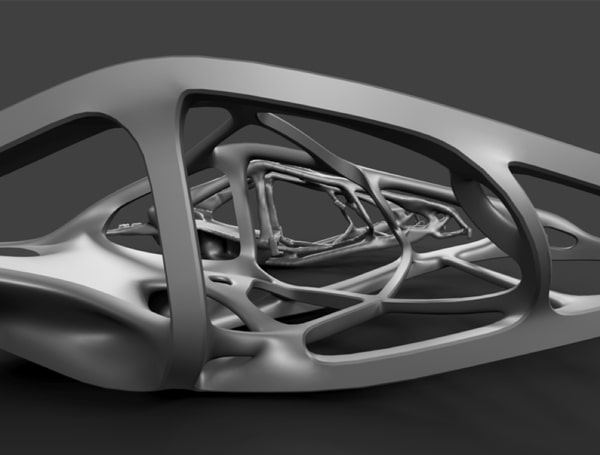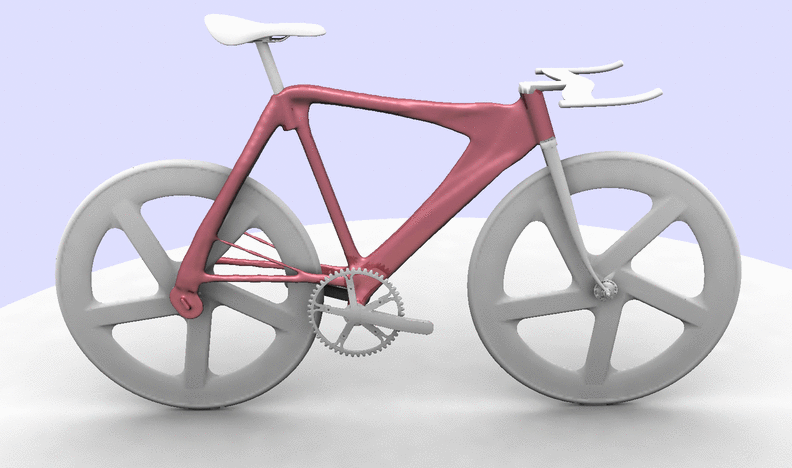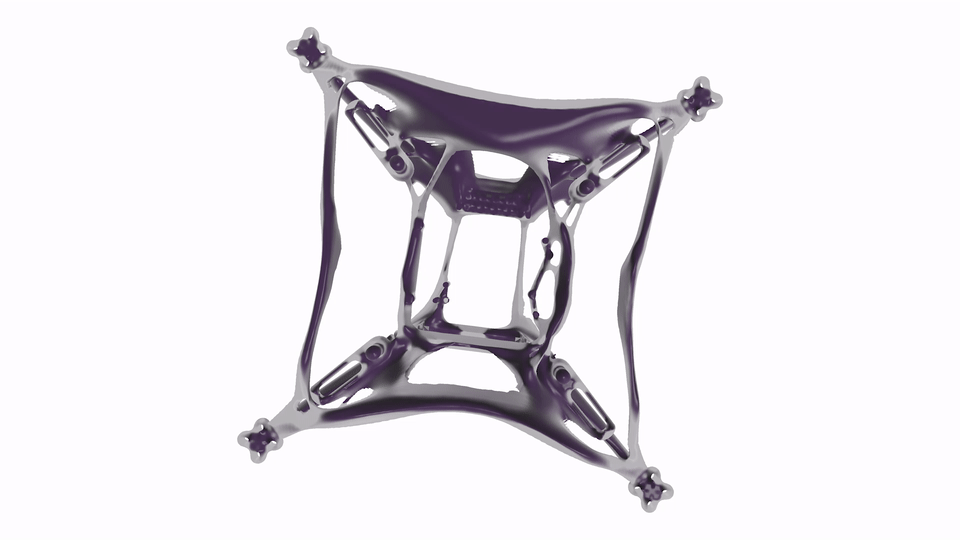
Project Dreamcatcher
What if a CAD system could generate thousands of design options that all meet your specified goals? It’s no longer what if: it’s Project Dreamcatcher, the next generation of CAD. Dreamcatcher is a generative design system that enables designers to craft a definition of their design problem through goals and constraints. This information is used to synthesize alternative design solutions that meet the objectives. Designers are able to explore trade-offs between many alternative approaches and select design solutions for manufacture.
GROUPS
Industry Research, Computational Science Research
Recent advancements in artificial intelligence and the simulation of complex phenomena have enabled software to play an active, participatory role in the invention of form. Project Dreamcatcher is an experimental design platform with focused research probes into generative design systems.
The Dreamcatcher Workflow.

The Dreamcatcher system allows designers to input specific design objectives, including functional requirements, material type, manufacturing method, performance criteria, and cost restrictions. Loaded with design requirements, the system then searches a procedurally synthesized design space to evaluate a vast number of generated designs for satisfying the design requirements. The resulting design alternatives are then presented back to the user, along with the performance data of each solution, in the context of the entire design solution space. Designers are able to evaluate the generated solutions in real time, returning at any point to the problem definition to adjust goals and constraints to generate new results that fit the refined definition of success. Once the design space has been explored to satisfaction, the designer is able to output the design to fabrication tools or export the resulting geometry for use in other software tools.
Define: Tools for Defining Problems
Dreamcatcher’s problem definition is a format for designers to describe design problems. Through pattern-based description, solutions become modular and accretive, thereby expanding the quality and number of alternatives that are searched in a Dreamcatcher design session. The Dreamcatcher design knowledge base, created through machine learning techniques,is a classified index of pre-existing objects that perform functions, or satisfy constraints, similar to those the user has defined in their problem definition.
Diversifying Input Modalities
Mimicking the variety of reference material in a typical design brief, in Dreamcatcher the designer explicitly and implicitly documents goals and constraints through a number of input modalities including natural language, image inference and CAD geometry. An individual or team may manipulate the problem definition through these multiple modes of input and verify or modify the inferred changes to the problem definition document. Focused efforts on modeling problem definitions and performing design synthesis on full system models rather than individual parts is an active area of investigation for the team.
Generate: Shape Synthesis
The Dreamcatcher team is developing several, purpose-built design synthesis methods that algorithmically generate designs of different types from a broad set of input criteria. Synthesis objectives include structural, thermal and fluid physical requirements. Dreamcatcher’s design synthesis methods compete against each-other to solve problems most effectively through Dreamcatcher’s high-performance computing servers. A focused research effort into incorporating manufacturing constraints for various methods of fabrication are incorporated into the design synthesis process itself, so that only manufacturable designs are returned to the design team. The Dreamcatcher system enables designers to truly leverage an emerging class of manufacturing tools that release designers from hundreds of years of predicating design decisions on tool based constraints.

Advances in Cloud-Based Computing and Optimization
Through a purpose-built, scalable and parallelized cloud computing framework code-named Saturn, Dreamcatcher is able to generate and evaluate solution sets with complexity well beyond that of Generative Design Systems of the past. Saturn provides the high-performance computing infrastructure necessary to run the computationally intense optimization and analysis engines, including multi-physics simulations.
Explore: Design Space Visualization
After a number of solutions have been computationally generated from a problem definition, the Dreamcatcher design explorer presents to the user a set of possible solutions and their associated solution strategies. This user interface provides a sense of the shape of the valid design space and variable interactions. It also assists users in building a mental model of which alternatives are high performing relative to all others in the set. Once the solution has been adequately explored, the designer can modify the problem definition to iteratively generate more relevant solutions.
Traditional optimization workflows like that of the NASA ST-5 antenna are ‘bottom-up’ where a design space must be defined by the user and then searched by a genetic algorithm or similar optimization function. By contrast, Dreamcatcher uses a ‘top-down’ approach where higher level goals are specified. This is the major differentiator between design optimization tools and Dreamcatcher’s exploratory design synthesis process.
Arguments for the incorporation of AI into design often default to concerns around replacing the human designer. While many elements that are commonly modeled from scratch such as brackets, adapters and stiffeners may be created more effectively by a system such as Dreamcatcher, complex elements and aspects that are difficult to quantify will require new types of interaction to leverage human intuition and computational rigor in partnership. Dreamcatcher is pioneering new methods for interactive synthesis and optimization with industry leaders from the automotive, aerospace and manufacturing fields.
The Dreamcatcher team consists of the Computational Science and Design Research groups of Autodesk Research in the Office of the CTO with collaborators throughout the larger Autodesk Corporation, industrial partners and academic partners. The global team in San Francisco, Toronto, and London is made up of specialists from varied domains as mathematical optimization, geometry, machine learning, mechanical engineering, material science, structural mechanics, user experience research, software design and development.
To learn more about Autodesk’s initiatives in generative design, please visit our generative design information page.
